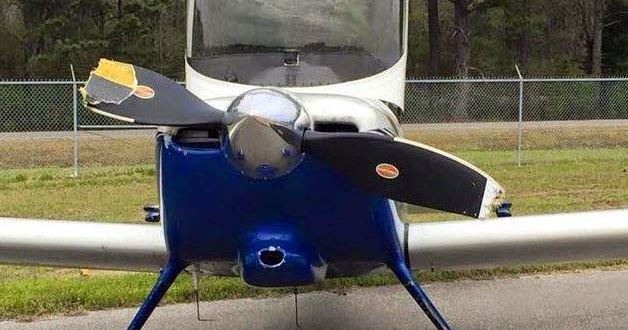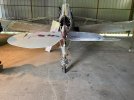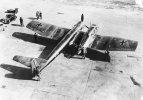Having a debate with a friend of mine who is training to be CFI.
On a 172/182 if the LEFT elevator came off mid flight could you survive it and land? I mean completely off, just ripped off, not jammed or flapping.
I say Left in this hypothetical instead of Right because the Elevator Trim tab is on right. Thoughts?
On a 172/182 if the LEFT elevator came off mid flight could you survive it and land? I mean completely off, just ripped off, not jammed or flapping.
I say Left in this hypothetical instead of Right because the Elevator Trim tab is on right. Thoughts?



